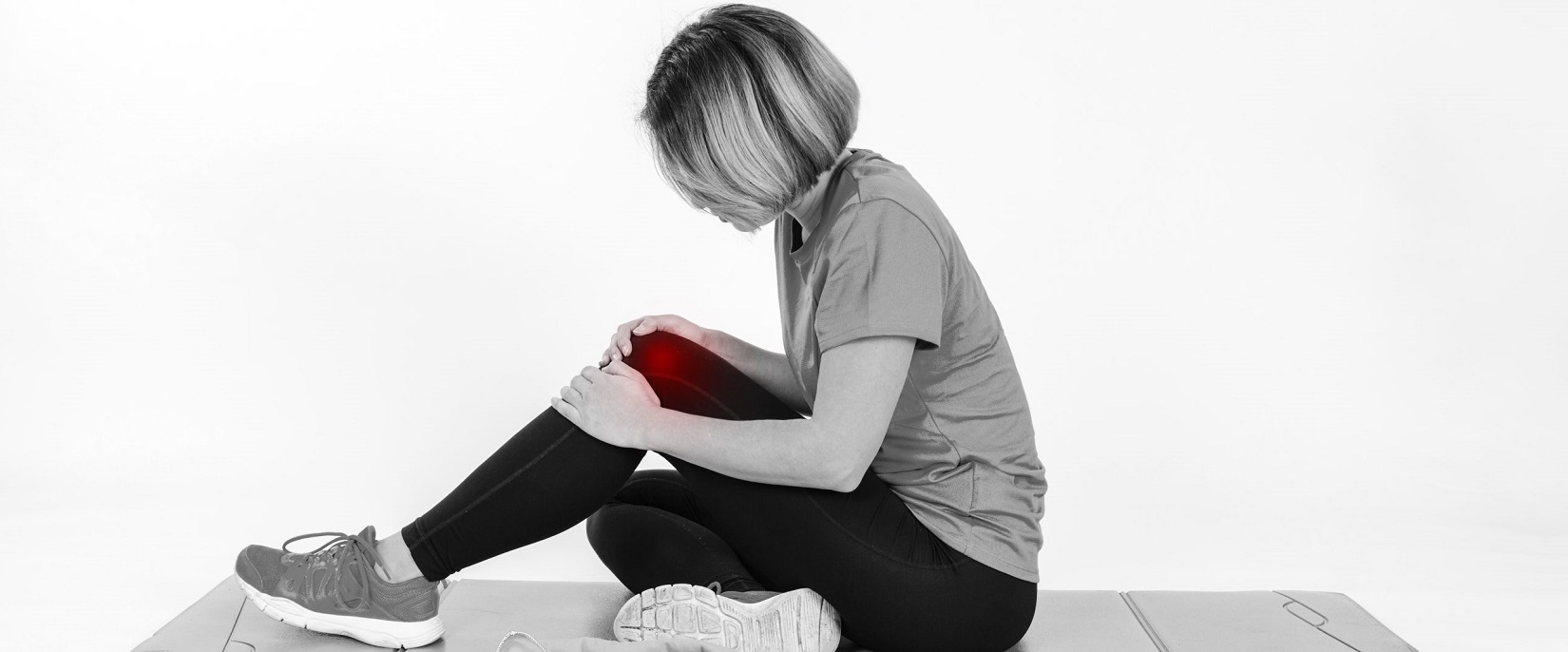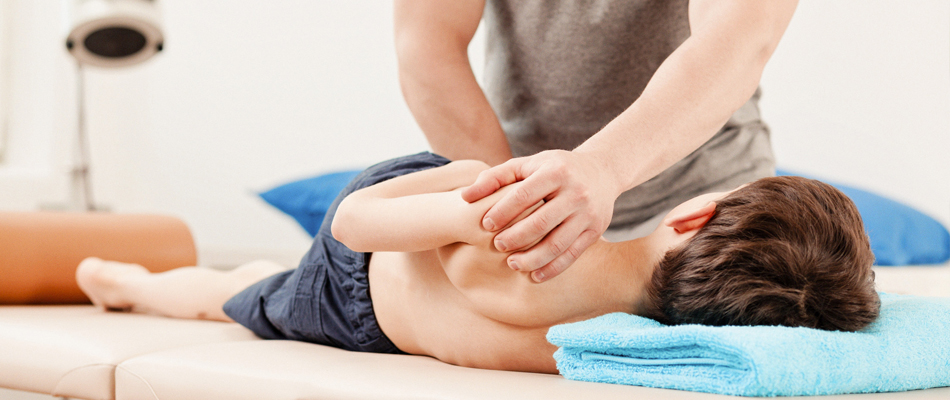Shortly about Dr Richa Datta Srivastava
Osteopaths Are Qualified To Observe Areas Of The Body Using A Highly-Developed Sense Of Touch, Known As Palpation, In Order To Determine Circumstances And Identify The Body’s Points Of Weakness Or Extreme Strain. Apart From That Osteopath Will Discuss With You The Most Suitable Treatment Plan, Estimating The Number Of Sessions Required To Treat Your Condition Effectively.
And If Your Osteopath Thinks That Your Situation Is Unlikely To Take Action Against Osteopathic Action, Then You’ll Be Directed About How To Look For Further Treatment.
Osteopathy is a system of assessing, diagnosing, treating and preventing a wide range of health problems.
Osteopathy is a revolutionary natural therapy in health and pain management. India has opened its doors to this globally timetested(WHO recognised), highly effective, holistic, non-invasive; non-pharmaceutical therapy.
Osteopathic Techniques Are Meant For Facilitating Normal Self-Regulating Mechanisms In The Body On Areas Of Tissue Strain, Stress Or Dysfunction That May Impede Normal Neural, Vascular And Biochemical Mechanisms.
Osteopathy is a safe and effective therapy for pain & discomfort experienced In the body. Treatment Is based on the principle that the structure and functions of the body are closely integrated, and that a person’s well being is dependent upon the neurological, musculo-skeletal and visceral (internal organs) systems working in harmony.
Osteopaths use a highly developed sense of touch called palpation to assess the problem, diagnose and treat using manual techniques. They do not use medication or surgery.Diagnosing and treating conditions using these techniques is called Osteopathic Manipulative Medicine(OMM).
The first visit can take up to an hour in order to discuss and arrive at a thorough understanding of the overall health status and why a consultation has been sought.
The Osteopath will ask detailed questions about the present symptoms, and then perform a series of examinations.
An Osteopath will observe posture, may check joints, skin, muscle tone and viscera via palpation (sensing through touch which is a highly developed skill that Osteopaths use for diagnosis). The Osteopath will explain the problem and discuss the line of treatment.
Every patient responds differently to pain and treatment, and therefore, treatment sessions and frequency are dependent upon multiple factors. Typically, patients with acute pain receive four treatments on an average, maintaining a gap of several days in between therapies.
Osteopaths use a variety of techniques to aid the expression of health for their patients.These can include palpation, stretching, soft tissue techniques, muscle energy techniques, articulation techniques, HVLA, Cranial-sacral Osteopathy and other manipulations. All techniques aim to improve range of movement, reduce muscle tightness, improve blood flow and nerve supply. The patient may also be given advice on lifestyle changes and exercise.
The Osteopath will ask detailed questions about the present symptoms, and then perform a series of examinations. Osteopathy can serve different roles in the fields of prevention and treat from it's root.
95%
Treatment for Spinal Dysfunctions
95%
Treatment for Chronic Headache
100%
Treatment for Pregnant Women
100%
Treatment for Stress Disorders
95%
Treatment for Immune System Issues
























